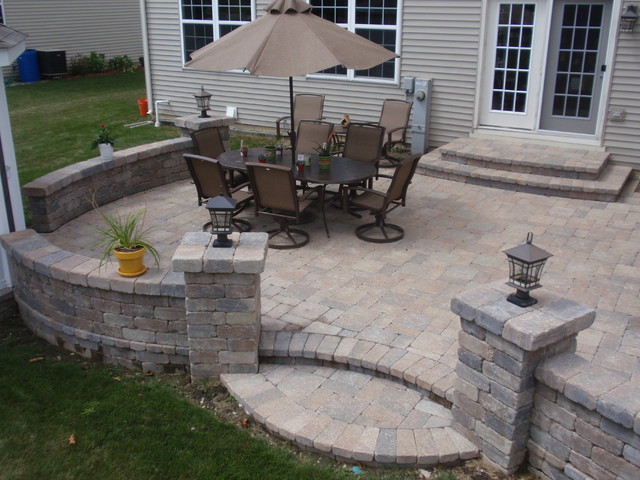15 Terms Everyone in the Montclair painters Industry Should Know
Hardscape 101: Design Guides
If you're developing a brand-new outside area (or upgrading the hardscape you already have), we'll assist direct you, from beginning to end.
Start by dreaming huge-- you Montclair hardscape examples can control your wildest concepts later, if requirement be. Make a list (even if it's a mile long) of whatever you desire in your landscape: deck, patio, swimming pool, outdoor kitchen area, edible garden, outdoor shower. Then use our Style Guides to assist you separate the musts from the maybes.
Pore over our Hardscape 101 style guides to see thousands of images of garden spaces to discover what you like, with an eye to design, colors, products, and furniture. You'll see specific styles emerge-- and then you'll be prepared to set a spending plan.
Where to splurge and where to save? Some things worth investing in: a master strategy, masonry to provide your garden great bones, quality products to endure the aspects, privacy, and craftsmanship. Ways to conserve: usage gravel instead of pavers on paths, reuse existing materials (bricks, stone, pickets), purchaser smaller plants, and use mix-and-match furniture.
Small information can have huge impact in a landscape. Ensure hardscape products-- stone, pavers, concrete, gravel, wood, paint, hardware-- all work together, and also match your house's architectural style.
In our Hardscape 101 design guides, it's our mission to demystify garden design. And keep in mind: it doesn't matter if you're a first timer or a master gardener: you can do this.
Hardscaping 101: Decks & Patios
Think about a deck or outdoor patio as an instantaneous additional room. Absolutely nothing will expand your home quicker.
The difference in between a deck and a patio? A patio is built at ground level, on a flat surface area, and typically is constructed of a "permanent" product such as stone pavers, brick, or put concrete. A deck drifts in the air, supported by footings, at a height of anywhere from a few inches to many feet and can be developed on an existing slope.
Deck frames typically are built of wood or steel supports. Deck floor covering choices include natural wood, composite products, bamboo, and pressure-treated lumber. For an introduction on choices (and their costs) see Everything You Required to Learn About Decking Materials.
For more benefits and drawbacks, https://montclairroofingcontracting.com read our Hardscaping 101 guides on bluestone, brick, wood deck tiles, stone deck tiles, broken down granite, and concrete (pre-cast and poured-in-place) to determine which decking material or pavers to use for your deck or patio area.

Hardscaping 101: Driveways
Driveways often get taken for granted. They deserve better. When it pertains to developing curb appeal, the entry roadway that connects a home to the public thoroughfare is often a home's most prominent hardscape function.
" An attractive driveway will increase resale value if a house owner ever wishes to offer-- and in the meantime will welcome you house every day," composes our contributor Kier Holmes.
Are you developing a new driveway? Step one: Design and function must wed. To lay out a driveway, start by studying the shape and shape of the land. How huge is your residential or commercial property? Exist dips and slopes to browse between the general public road and your home? Take into account the variety of parked vehicles you will want a driveway to accommodate and whether you will require to designate square video footage for a garage.
Your driveway's style will depend on its size, shape, and the material you use to pave it. If you live on a hectic street, think about a horseshoe driveway to make it much easier to take out into traffic. If your house is set back from the road, think about a curving driveway to produce a country-lane effect. On a smaller lot, a basic, straight driveway sited on the edge of the residential or commercial property might be the very best option.
The product you choose to emerge a driveway ought to match the architectural style of the house. Pavers, gravel, yard block pavers, asphalt, and poured-in-place concrete are all common options. Which is the best choice for your environment and terrain? Keep reading:
